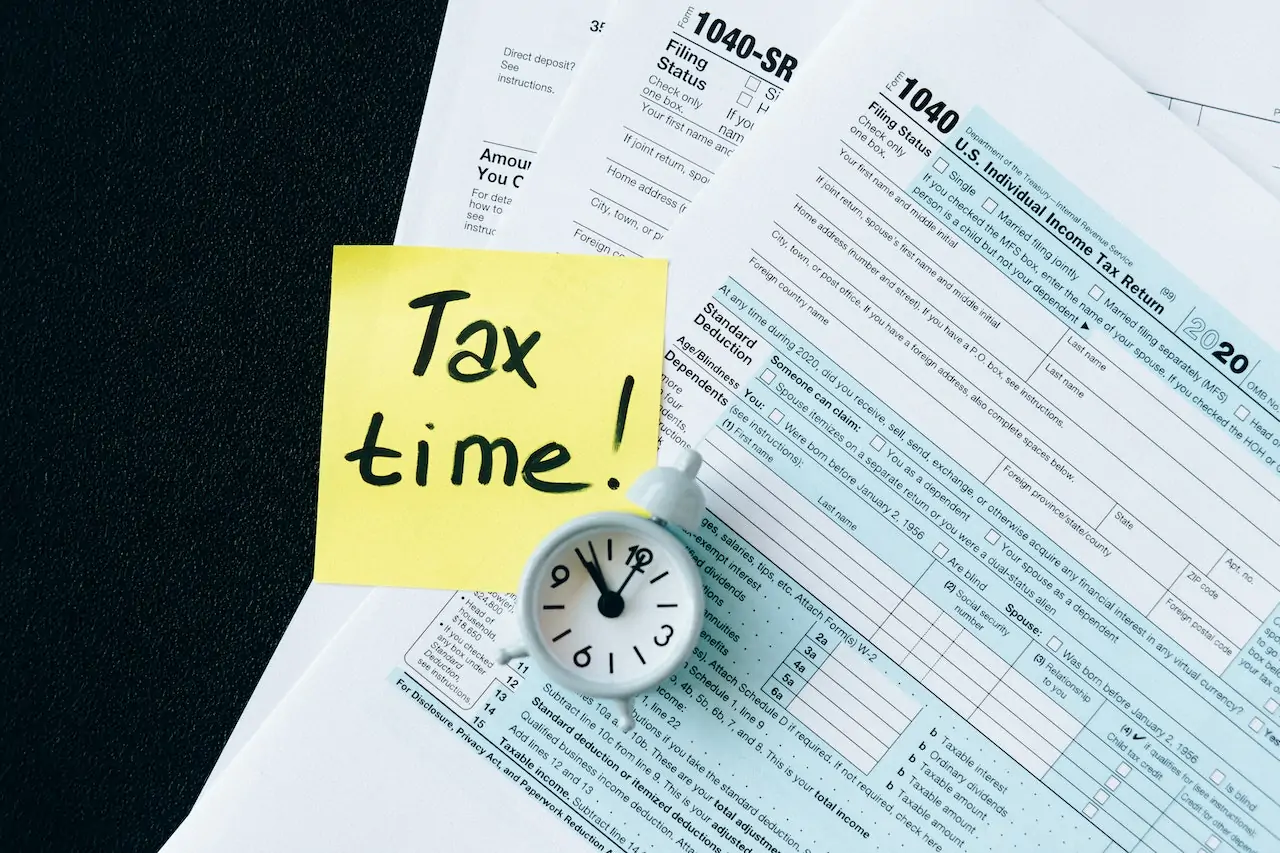
How to calculate RDEC
7 Sep 2021As a small or medium business, you may be able to apply for RDEC, the government’s Research and Development Expenditure Credit scheme provided you meet the qualifying criteria.
To qualify, you must be carrying out certain categories of R&D in the fields of science and technology. These are detailed in the HMRC publication ‘Research and Development Tax Relief’. If your research qualifies, you can claim 13 percent of your eligible R&D expenditure as a credit against tax liabilities or a cash sum, and you can claim for RDEC if your business is making a profit or a loss.
You can find out more about eligible R&D expenditure in our article ‘A guide to research and development accounting’. Here, our small business accountants will walk you through how to calculate RDEC.
Steps to calculate RDEC
To work out how much RDEC you will receive, you need to make a series of calculations related to your overall tax position. This is because RDEC is treated as taxable income and must be included in your overall calculations for tax.
In this simplified example, we assume that your business has sales of £10,000 with cost of sales £5,000.
-
Your gross profit after deducting cost of sales before including other expenditure is £5,000
-
Your qualifying R&D expenditure is £1,000
-
You will qualify for an RDEC grant of 13 percent of £1,000 = £130
-
Your other allowable business expenditure is £1,500
-
Your total operating costs are £1,000 (R&D) + £1,500 (other business costs) less £130 (RDEC) = £2,370
-
Your net profit for calculating Corporation Tax is now £5,000 (gross profit) - £2,370 = £2,630
-
Your Corporation Tax liability is £2,630 x 19 percent = £499.70
Here’s how it looks in a worked example:
|
Sales |
£10,000 |
|
Cost of sales |
(£5,000) |
|
Gross profit |
£5,000 |
|
Qualifying R&D expenditure |
(£1,000) |
|
RDEC grant - 13 percent of expenditure |
£130 |
|
Other allowable business costs |
(£1,500) |
|
Total operating costs |
(£2,370) |
|
Net profit before tax |
£2,630 |
|
Tax due at 19 percent |
£499.70 |
However, you can use your RDEC grant to reduce your tax bill.
Deducting the RDEC grant of £130 from tax due of £499.70 leaves you with £369.70 to pay.
Here’s how that looks in a worked example:
|
Net profit before tax |
£2,630 |
|
Tax due at 19 percent |
£499.70 |
|
Less RDEC grant as a tax credit |
£130 |
|
Tax payable |
£369.70 |
Other scenarios
As that simplified example shows, the RDEC grant can be used to reduce the amount of tax you pay if your business is making a profit.
You might also be able to use the RDEC grant to discharge other tax liabilities, such as VAT, National Insurance or unpaid tax from other years.
However, if your business is making a loss or is a start-up with no current tax liability, you may be able to receive RDEC as a cash payment. The amount of RDEC you receive will also be based on your qualifying R&D expenditure at the same rate of 13 percent.
The calculations become more complex if your business is part of a group or if you are carrying out qualifying R&D as a subcontractor. If you are part of a group, for example, you can elect to pass on your RDEC grant to the group to offset other tax liabilities.
In scenarios like this, it can be useful to take professional advice to find out which approach is most beneficial to your business.
Support from Accounts and Legal
This is a brief outline of the requirements for calculating RDEC. If you would like to discuss the accounting needs for your RDEC project, our team of experienced small business accountants will be glad to help.
To find out more, please contact us on 0207 043 4000 or via info@accountsandlegal.co.uk. You can also get an instant accounting quote using our online tool.





















